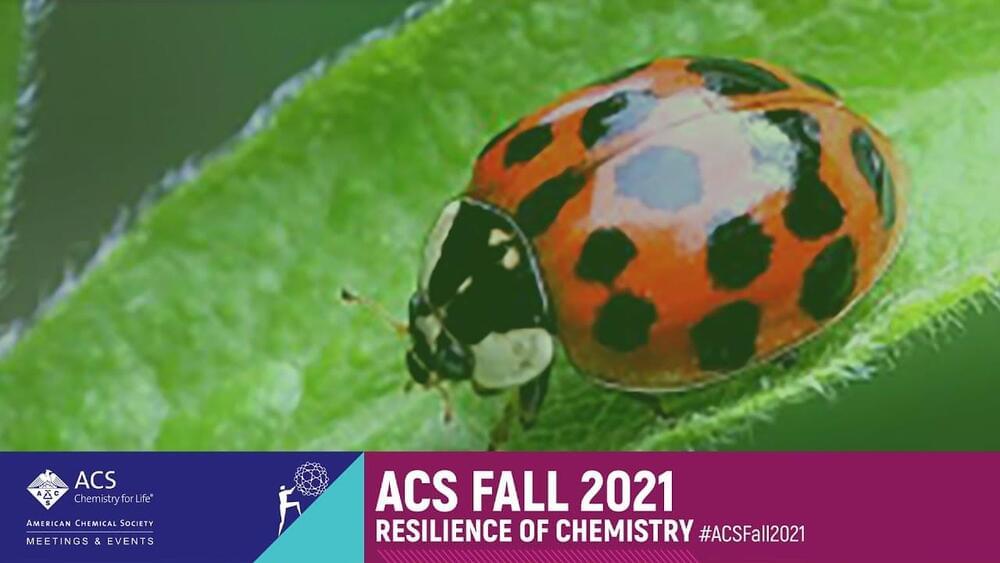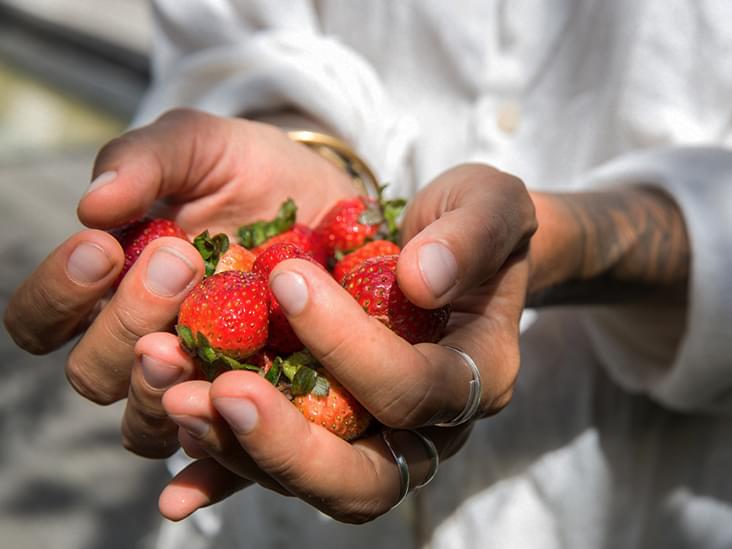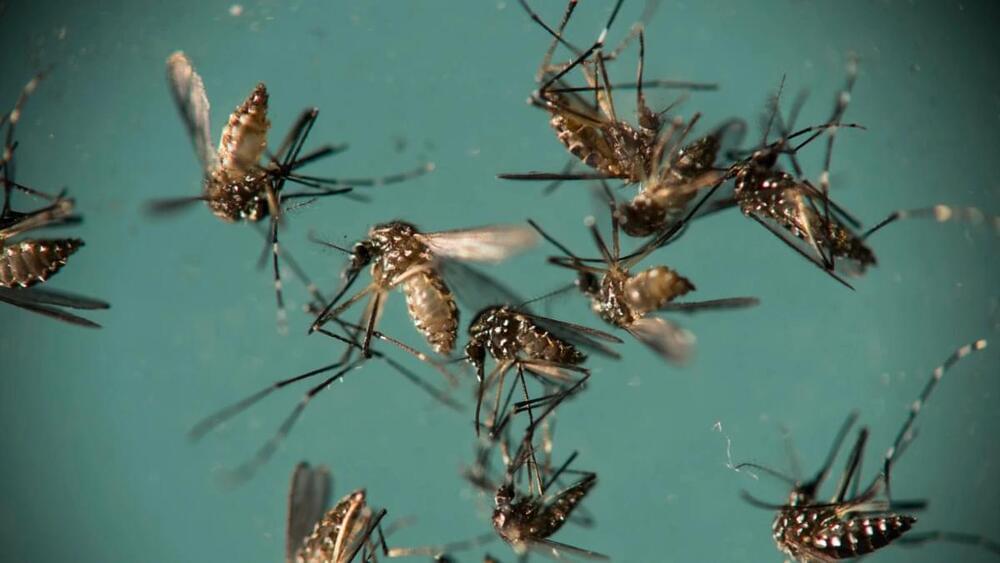Category: food – Page 144
The death of the job
Posted in employment, food, health, law
“I think it’s changed everything, and I think it’s changed everything fundamentally,” James Livingston, a history professor at Rutgers University and the author of No More Work: Why Full Employment Is a Bad Idea, told Vox.
We’ll (probably) always have work, but could the job as the centerpiece of American life be on the way out?
To understand the question, you have to know how the country got to where it is today. The story starts, to some degree, with a failure. Much of American labor law — as well as the social safety net, such as it is — stems from union organizing and progressive action at the federal level in the 1930s, culminating in the New Deal. At that time, many unions were pushing for a national system of pensions not dependent on jobs, as well as national health care, Nelson Lichtenstein, a history professor at the University of California Santa Barbara, told Vox. They did win Social Security, but with many people left out, such as agricultural and domestic workers, it wasn’t a full nationwide retirement system. And when it came to universal health care, they lost entirely.
Using nature against nature.
While no one enjoys seeing carefully nurtured crops destroyed by hordes of hungry insects, the most common way to prevent it – the use of insecticides – is causing massive ecological problems.
Some are wreaking havoc on bee populations globally, killing birds and piling onto the challenges already faced by endangered species. Thankfully, insecticides are generally only in our food at low levels, but they do harm humans who are highly exposed to them too, like the workers growing our crops.
The world of lab-grown meats is fast filling with all kinds of tasty bites, from burgers, to chicken breasts, to a series of increasingly complex cuts of steak. Expanding the scope of cultured beef are scientists from Japan’s Osaka University, who have leveraged cutting-edge bioprinting techniques to produce the first lab-grown “beef” that resembles the marbled texture of the country’s famed Wagyu cows.
From humble beginnings that resembled soggy pork back in 2,009 to the classic steaks and rib-eyes we’ve seen pop up in the last few years, lab-grown meat has come along in leaps and bounds. The most sophisticated examples use bioprinting to “print” living cells, which are nurtured to grow and differentiate into different cell types, ultimately building up into the tissues of the desired animal.
The Osaka University team used two types of stem cells harvested from Wagyu cows as their starting point, bovine satellite cells and adipose-derived stem cells. These cells were incubated and coaxed into becoming the different cell types needed to form individual fibers for muscle, fat and blood vessels. These were then arranged into a 3D stack to resemble the high intramuscular fat content of Wagyu, better known as marbling, or sashi in Japan.
Alphabet’s Wing drone company allows users to order items such as food through a mobile app and is fast approaching 100,000 deliveries since its launch.
Alphabet’s drone company Wing delivered 10,000 cups of coffee, 1,700 snack packs and 1,200 roast chickens to customers in Logan, Australia, over the last year, the company said Wednesday in a blog post outlining its progress.
Wing was initially launched in 2019 in Australia, following a series of drone tests that began in 2014. The service, which was initially part of Alphabet’s experimental research division, allows users to order items such as food through a mobile app and is fast approaching 100,000 deliveries since its launch.
Wing hopes to one day deliver products to people all over the world without having to rely on drivers or delivery trucks like other companies. It’s the reason UPS, Uber and Amazon are also working on drone delivery.
Research indicates that flavonoids may protect against: high blood pressureTrusted Source heart attack and stroke type 2 diabetesTrusted Source certain types of cancer-medicalnewstoday.com
New research finds that people who consume foods high in flavonoids, such as berries, apples, and pears, have lower blood pressure than those who do not.
A Norwegian company called Yara International claims to have created the world’s first zero-emission ship that can also transport cargo autonomously. The Yara Birkeland electric cargo ship was first conceptualized in2017but now looks to make its first voyage with no crew members onboard later this year in Norway.
Yara International is a Norwegian company that was founded in1905to combat the rising famine in Europe at the time. The company created the world’s first nitrogen fertilizer, which remains its largest business focus today.
In addition to its perpetual battle against hunger, Yara focuses on emissions abatement and sustainable agricultural practices. While the company wants to continue finding success in feeding the planet, it believes it can also do so sustainably.
What we’ll soon see is the ultimate self-directed evolution fueled forward by gene editing, genetic engineering, reproduction assisted technology, neuro-engineering, mind uploading and creation of artificial life. Our success as a technological species essentially created what might be called our species-specific “success formula.” We devised tools and instruments, created new methodologies and processes, and readjusted ecological niches to suit our needs. And our technology shaped us back by shaping our minds. In a very real sense, we have co-evolved with our technology. As an animal species among many other species competing for survival, this was our unique passage to success.
#TECHNOCULTURE : #TheRiseofMan #CyberneticTheoryofMind
Technology has always been a “double-edged sword” since fire, which has kept us warm and cooked our food but also burned down our huts. Today, we surely enjoy the fruits of modern civilization when we fly halfway around the globe on an airbus, when we extend our mental functionality with a whole array of Internet-enabled devices, when our cities and dwellings become icons of technological sophistication.
Innovation in the amino-sciences for health, wellness, and aging — dr. tia rains phd, VP customer engagement & strategic development, ajinomoto.
Dr. Tia Rains, Ph.D., is Vice President of Customer Engagement & Strategic Development at Ajinomoto Health & Nutrition North America, Inc. (https://www.ajihealthandnutrition.com/), a division of Japanese food and biotechnology Ajinomoto Corporation (https://www.ajinomoto.com/), which produces seasonings, cooking oils, frozen foods, beverage, sweeteners, amino acids, and pharmaceuticals.
Dr. Rains has over 20 years of experience working on health and wellness initiatives within the food and beverage sector, and enjoys working at the intersection of nutrition research and communications, with the goal of advancing credible research in nutrition and developing truthful messaging on new research results in the context of the body of nutrition evidence.
Craig Montell is a professor at the University of California, Santa Barbara, who helped lead the research. He said in a statement that by removing the two eye receptors, the team was able to “eliminate CO2-induced target recognition without causing blindness.”
Female Aedes aegypti search out blood meals in humans to develop eggs. They use several different senses to find those meals. One of the main identifying tools is the smell of carbon dioxide (CO2). When a human breathes out CO2, the mosquitoes become more active and begin looking for targets to bite.
The research team said this search generally begins with the mosquito flying toward the direction of the released CO2. When seeking out targets, the insects search for dark objects. Once the mosquitoes are within close range, they can also sense heat from skin and additional skin smells to help guide them to a human.
The researchers used the CRSPR/Cas-9 gene editing method to remove two out of five light-sensing receptors in the mosquitoes’ eyes. They say taking away these receptors blocked the ability of the female Aedes aegypti to recognize dark targets.









